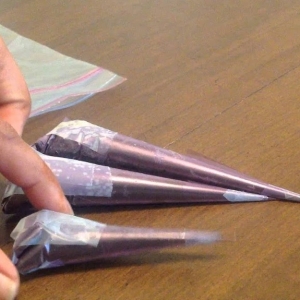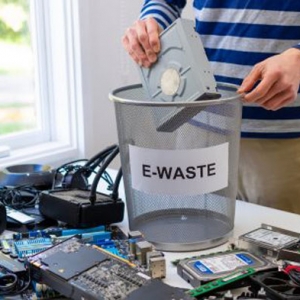Electroactive Polymers (EAPs) are a diverse group of materials, but they can be broadly categorized into two fundamental classes based on their mode of operation: ionic EAPs and electronic EAPs. While both types are capable of transforming electrical energy into mechanical movement, the underlying mechanisms and characteristics are quite different, making each class suitable for specific applications. Understanding these differences is key to appreciating the full potential of these "artificial muscles."
Ionic Electroactive Polymers industry rely on the movement of ions within the polymer matrix to create deformation. A prime example is the Ionic Polymer-Metal Composite (IPMC), which consists of a thin polymer film sandwiched between two metal electrodes. The polymer, typically a perfluorinated material like Nafion, contains positive ions (cations) that are free to move. When a voltage is applied, the cations migrate towards the cathode, causing the polymer to swell on one side and contract on the other. This differential swelling results in a bending motion. Ionic EAPs operate at very low voltages (typically a few volts), which makes them safe for a wide range of applications, especially in biology and medicine. However, they require a solvent (like water) to facilitate ion movement, which can lead to dehydration issues. Their response is also relatively slow, making them unsuitable for high-frequency applications. Despite these limitations, their low-voltage operation and muscle-like bending make them excellent candidates for soft robotics, biomimetic actuators, and haptic feedback devices.
In contrast, electronic EAPs function through electrostatic forces and do not rely on the movement of ions. Dielectric Elastomers (DEs) are the most well-known type of electronic EAP. A DE actuator is a flexible polymer membrane coated on both sides with compliant electrodes. This structure essentially forms a parallel plate capacitor. When a voltage is applied, the electrostatic attraction between the electrodes squeezes the polymer, causing it to become thinner. Since the polymer is incompressible, this thinning is accompanied by a significant expansion in the planar direction. DEs can exhibit very large strains (up to 300% or more) and have a fast response time, making them suitable for applications that require rapid and powerful movements. However, they typically require very high operating voltages (kilovolts), which can be a safety concern and necessitates special power electronics. DEs are being explored for use in artificial muscles, generators (where mechanical deformation can create an electrical current), and micro-robotics.
The choice between an ionic and an electronic EAP depends entirely on the specific needs of the application. For low-power, biocompatible, and solvent-based systems that require a bending motion, ionic EAPs are the clear choice. For applications that demand high speed, large strain, and powerful force generation, electronic EAPs are the superior option, provided the high voltage can be managed safely. The ongoing research in both fields is aimed at mitigating their respective limitations—such as finding robust, solvent-free ionic EAPs or developing low-voltage electronic EAPs—to create a new generation of materials that combine the best of both worlds.







